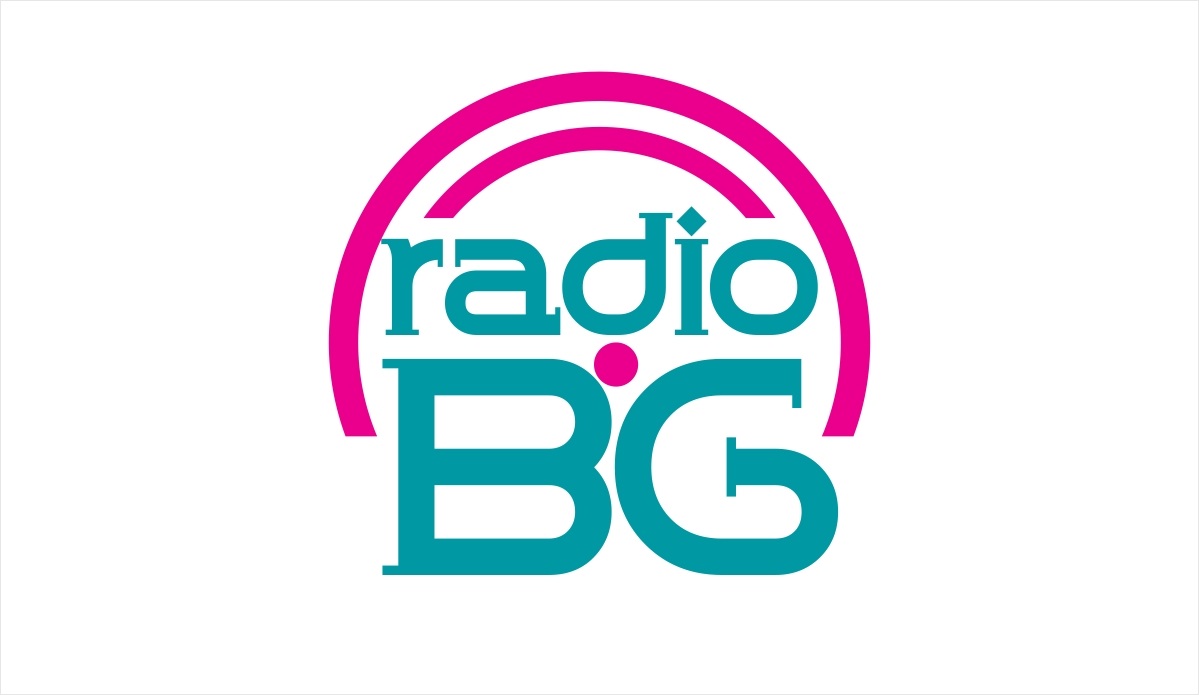
Researchers at the Media Development Foundation analyzed media funding through 2023, including the lowest and highest salaries. The findings of the study indicate that for the majority of surveyed media, grants have become the main sources of funding. Approximately 76% of regional media have between 70% and 100% donor funding in their models.
In terms of pay, news reporters have the lowest pay, while investigative and war reporters in the national media will receive the highest pay.
Similar to the questionnaire, the sample for the cases was built on the basis of the target principle. Independent regional and national newsrooms cooperating with the Media Development Foundation were selected for the sample in a non-random manner. An important factor was the consent of the media to an open confidential discussion of the financial indicators of the editorial office.
National media
Traditionally, smaller organizations have had significantly lower salaries than larger media outlets. In one of the cases created during the war, journalists worked mostly on a volunteer basis and could receive UAH 5,000 per month, the editor-in-chief — UAH 20,000.
One of the national newsrooms recalls that in the first weeks there were approximately 70 – 80 volunteers in the team. Now there are 25 –26 people working – many for the sake of the idea.
According to the survey, the minimum salary for small mass media (up to 30 people) in Kyiv is 15,000 UAH, and the maximum is 30,000 UAH.
For an editorial office with 30 to 100 people in Kyiv, the lower limit of journalists’ salaries started at 18,000 UAH, and the upper limit reached 50,000 UAH. Journalists on the news feed, specialists without editorial or other additional functions, receive the least. Investigative journalists, as well as videographers and drivers in investigative departments, receive salaries of 40,000-50,000 UAH, as they have irregular schedules.
Video work is among the more highly paid. One of the media, which actively develops video content, named the following list of duties of “universal fighters” – production, production, management of editing teams, writing editing sheets, control of the video product after editing.
On the English-language websites of the surveyed media, translators are most often employed – from 15,000 to 25,000 UAH, native speakers are engaged by the minority of the media, often on a volunteer basis or with a salary of up to 35,000 UAH.
Also, some media reported the salaries for which the teams are looking for reinforcements. Their range is from UAH 20,000 (SEO specialists) to UAH 40,000 (site editor-in-chief).
Regional media
Researchers indicate that at the regional level, the shortage of personnel and the crisis with payment are stronger. There is a shortage of workers due to population migration abroad, mobilization and low wages. At the same time, the workload on specialists in the media sphere has increased significantly. The media from the South indicate that the personnel issue is painful for them. The media of the East noted that if, before the war, a field correspondent shot one story for two days, now he can shoot three to five stories a day.
The research showed that most of the surveyed regional editorial offices constantly hire specialists on a freelance basis. Some invite freelancers on a case-by-case basis, some have never worked with them.
The editors from the North noted that now they can’t do everything without the help of freelancers, so they plan to create a base of freelancers.
The media from the East noted the lack of money to pay fees to outside workers. And one editorial office from the South said that their freelancers could earn up to 8,000 UAH per month.
Salary fund
All but the two largest national-level media reported that they spend between 70% and 100% of their income on employee salaries. The two largest and oldest national media (shown first in the graph) reported shares of 50% and 30%.
At the regional level, 82% of editorial offices spend more than 75% of their income on employee wages, 36% of editorial offices spend more than 90%. Most of the editorial offices are trying to reduce the burden of the salary fund on the income of the editorial offices.
Does the level of payment in the media organization correspond to the level of the average market salary of a journalist, which they themselves determined? Three of the seven national media indicated that it corresponded, two media gave the answer “Slightly lower”, another two gave the answer “Slightly higher”. One of the two niche media in the field of culture reported that their salaries correspond to the average market salaries for media in the field of culture (18,000-20,000 UAH), while noting that “it is impossible to live on such salaries.”
What does the media often lack funds for? “On salaries” was the most common answer, across all media, up to 30 people nationally sampled, except for the largest cluster. After salaries, there is often not enough money to rent offices and equipment.
The full text of the study can be found here.


























































Залишити відповідь